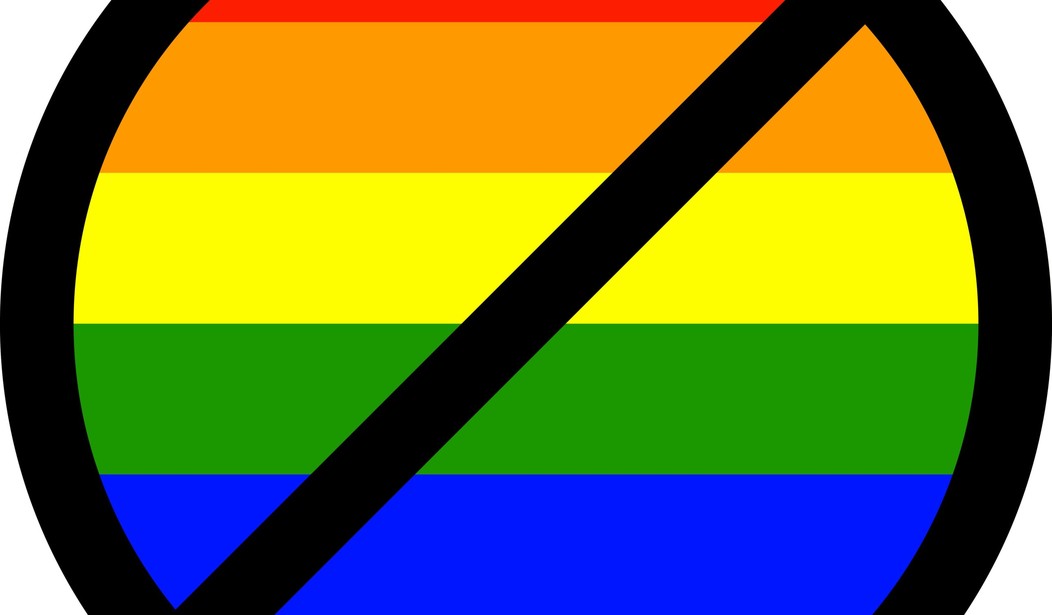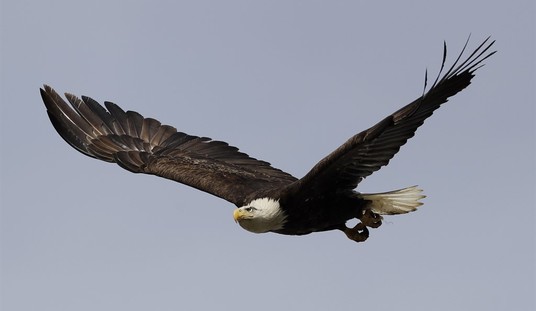LGBT stars on YouTube have criticized the Internet video giant for classifying their personal videos about sexuality and gender as unsafe for “Restricted Mode.” Indeed, YouTube issued an apology, saying that their videos were not meant to be excluded when users search using the “Restricted Mode.”
“Just looked at my videos with the ‘restricted mode’ on. Seeing a bit of a theme here,” wrote neonfiona, who describes herself as “literal witch, queer icon, professional meme farmer and very famous internet celebrity,” on Twitter. She ended with an important question, “LGBT+ content not safe for kids @YouTube?”
Just looked at my videos with the "restricted mode" on. Seeing a bit of a theme here…
LGBT+ content not safe for kids @YouTube? pic.twitter.com/KnhayE4h1y
— fiona ✌️ (@neonfiona) March 16, 2017
That’s actually an important question, one that is not being debated in this context. Indeed, YouTube’s official apologies assume the answer is obvious — that LGBT content is “safe for kids.” Indeed, that was neonfiona’s point.
Here’s YouTube’s explanation/apology, issued Monday:
Over the last several months, and most definitely over the last few days from LGBTQ and other communities, we’ve gotten lots of questions around what Restricted Mode is and how it works. We understand that this has been confusing and upsetting, and many of you have raised concerns about Restricted Mode and your content being unfairly impacted. The bottom line is that this feature isn’t working the way it should. We’re sorry and we’re going to fix it.
We introduced Restricted Mode back in 2010 as an optional feature to help institutions like schools as well as people who wanted to better control the content they see on YouTube. We designed this feature to broadly restrict content across more mature topics, whether these are videos that contain profanity, those that depict images or descriptions of violence, or discussion of certain diseases like addictions and eating disorders.
The company noted that only “about 1.5 percent of YouTube’s daily views come from people who have Restricted Mode turned on. But we know this isn’t about numbers; it’s about the principle of anyone having access to important content and different points of view.”
But this explanation merely danced around the issue. Yes, YouTube is about getting access to different points of view. But shouldn’t parents and teachers have the ability to set aside certain themes which may be beyond their children — as YouTube said, “more mature topics”?
Sorry for all the confusion with Restricted Mode. Some videos have been incorrectly labeled and that’s not right. We're on it! More to come.
— YouTube Creators (@ytcreators) March 20, 2017
Are profanity, violence, and addiction “mature topics” in a way that sexuality and gender — the kinds of questions raised by homosexuality and transgenderism — are not? Some parents might argue that LGBT issues should be “restricted.” Can YouTube create a separate “mode” that does allow parents to shield their children from these issues?
And to be fair, perhaps there should be a “secular” restricted mode to cut out religious discussions, or separate modes for violence, profanity, and addiction. If schools and parents want a mode which allows children to use YouTube without being exposed to certain things, they should be able to restrict certain things, and the extremely complex LGBT issues are arguably beyond elementary-school-aged children.
Naturally, LGBT YouTube stars whose videos were placed in the “restricted” category expressed appreciation for the apology.
“I’m really happy with YouTube’s response. I’m so glad they’ve acknowledged the fault & are working on fixing it to make it more inclusive,” tweeted Calum McSwiggan, whose YouTube handle is “eatgaylove.” McSwiggan has 69,000 YouTube subscribers, and his video about “Our LGBT Heroes” has over 134,000 views.
I'm really happy with YouTube's response. I'm so glad they've acknowledged the fault & are working on fixing it to make it more inclusive 👍🏼
— Calum McSwiggan (@CalumMcSwiggan) March 21, 2017
YouTubers Teagan and Sara (who have 237,000 subscribers) expressed limited thanks, but asked to hear how YouTube decided what will be “restricted” or not. “Glad u guys are looking into your mistake. But perhaps u should also share how u will determine what is ‘sensitive’ and will b restricted?” the stars asked.
Glad u guys are looking into your mistake. But perhaps u should also share how u will determine what is “sensitive” and will b restricted?
Glad u guys are looking into your mistake. But perhaps u should also share how u will determine what is "sensitive" and will b restricted? https://t.co/ZARor0Lf1E
— Tegan and Sara (@teganandsara) March 20, 2017
According to The New York Times, these artists added that “the filtering shielded lesbian, gay, bisexual and transgender children from the resources and support the videos can provide.”
Some were even less appreciative of the YouTube apology. “It’s not an apology if you don’t do anything to fix what you did,” Stef Sanjati, a YouTube star with 436,000 subscribers, tweeted. “They’ve not said they’re going to revise their system. Not enough.”
It's not an apology if you don't do anything to fix what you did. They've not said they're going to revise their system. Not enough. https://t.co/T1OxNj4AaS
— Stef Sanjati 🍞 (@stefsanjati) March 20, 2017
Indeed, many might agree that the system needs to be updated — perhaps even to have options to “restrict” LGBT videos, but perhaps not lumped in with other “mature” subjects.
YouTube is all about personalization — it allows people to share videos online, and to reach huge audiences. This is a wonderful service, and the company deserves its profits from it. But it should also allow more complex personalization, for people to restrict the types of videos that can be searched for. “Restricted Mode” is not one-size-fits all, and YouTube should lead the way in personalizing it.
In a cultural context where these sensitive gender and sexuality issues are being pushed in more and more corners of our culture (even in a mass-market PG Disney film), and when pediatricians have warned against youth transgenderism as “child abuse,” it is increasingly important for parents to retain the ability to shield their young children from these complex issues.
These LGBT YouTube stars should by all means be able to post their videos, and the one-size-fits-all “Restricted Mode” arguably ill-serves not only them but the average user. But the answer isn’t just to free LGBT videos from the “restricted” section — it is to allow users to personalize what “Restricted Mode” means, and use that to protect their children.
If YouTube does that, it can meet the needs of these stars and the families who might be concerned about their children being introduced to LGBT issues before they’re old enough to understand them. That would be a win-win for all parties.









Join the conversation as a VIP Member